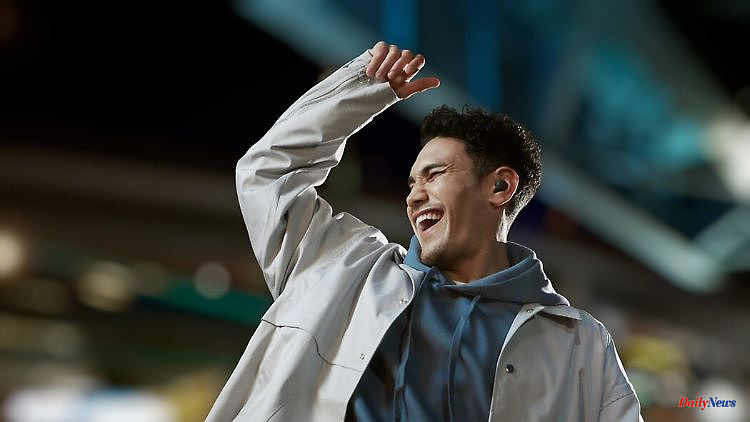Bluetooth LE Audio is not just an improvement in wireless transmission for headphones and speakers, but a small technical revolution. ntv.de explains what the new standard can do.
In January 2020, the Bluetooth Special Interest Group (SIG) presented Bluetooth LE Audio for the first time at the Consumer Electronics Show (CES) in Las Vegas - but the starting shot for the new standard only fell this summer. From now on things should go fast: Among other things, Qualcomm recently introduced new chips that support the technology. The first headphones and earphones with Bluetooth LE Audio will probably be seen at the upcoming CES.
LE stands for Low Energy, i.e. for low power consumption. The technology was introduced in 2009 with Bluetooth 4.0 and then further developed. Among other things, the lower bit rates caused by the lower energy requirement have been improved and Bluetooth LE has been made fit for the Internet of Things.
Despite the improved data rate, headphones and earphones have not yet used Bluetooth LE for audio transmission, only for coupling or for transmitting information such as the battery charge level. Instead, the music still plays over the more energy-intensive Bluetooth Classic, since it allows for more stable connections and higher bit rates and therefore better quality. This not only applies to higher-resolution codecs such as Qualcomm aptX or Sony LDAC, but also to the standard SBC codec, according to "Soundguys".
However, Bluetooth Audio LE comes with the new codec LC3 (Low Complexity Communication Codec/transmission codec with low complexity), which should enable high quality and very low latencies even at low data rates. "Extensive listening tests have shown that LC3 offers better audio quality than the SBC codec included in Classic Audio, even at a 50 percent lower bit rate," says Manfred Lutzky of Fraunhofer IIS, which developed LC3 together with Ericsson. "Developers can use these power savings to create products that offer longer battery life or, in cases where current battery life is sufficient, reduce the form factor by using a smaller battery."
LE Audio will also improve wireless earbuds by radioing both buds at the same time. Currently, the signal first goes to one channel and is forwarded to the other. The very low latency means that more gamers will be able to do without the cord on the headphones in the future.
Another important innovation that LE Audio brings is the ability to control a virtually unlimited number of Bluetooth receivers from one source. So far, users can look forward to using Bluetooth 5.0 to connect headphones to two devices at the same time, such as a smartphone and notebook. With multi-stream audio, you can share your music with many friends.
Auracast allows you to use your own headphones for guided tours in museums, for example. To connect, all you have to do is scan a code. The same works at international congresses with interpreter voices or in lecture halls. With LE Audio, televisions in waiting rooms no longer have to show pointless messages without sound - anyone who wants can listen with their headset. In the future, DJs will be able to play at headphone parties, at large concerts there is no need for loudspeaker walls to boom the sound into the back row, in the cinema everyone can watch the film in the language of their choice.
Encrypted transmissions may be used for security reasons, or passwords or other additional inputs may be required to participate in an Auracast. Theoretically, malicious code could be smuggled onto devices via the connection. Last year, the BSI warned of Bluetooth vulnerabilities that attackers could exploit within wireless range.
Bluetooth Audio LE can be a great relief for people with hearing impairments, because the standard also supports hearing aids. For example, they can use the technology to watch television with their normal-hearing family without any additional devices, and they no longer miss important announcements on trains.
In cinemas, theaters or lecture halls, people with limited hearing benefit even more from the technology than people with normal hearing. In theaters, for example, it is currently common to mark special places near a ring loop through which hearing aids with an integrated telecoil can receive transmissions, writes "MeinHörgerät.de".
You don't necessarily have to buy new hardware to enjoy Audio LE. The technology requires Bluetooth 5.2, with which a number of devices have been sold since last year. A firmware update may activate the function if a manufacturer provides it. According to "Computerbase", for example, Sony has announced that it will publish a corresponding update for the LinkBuds S earphones.












